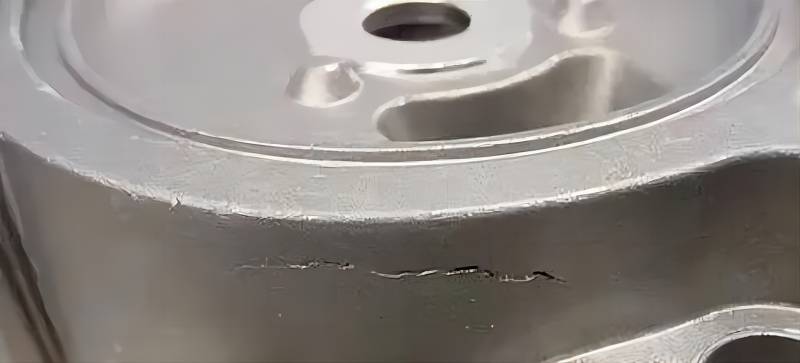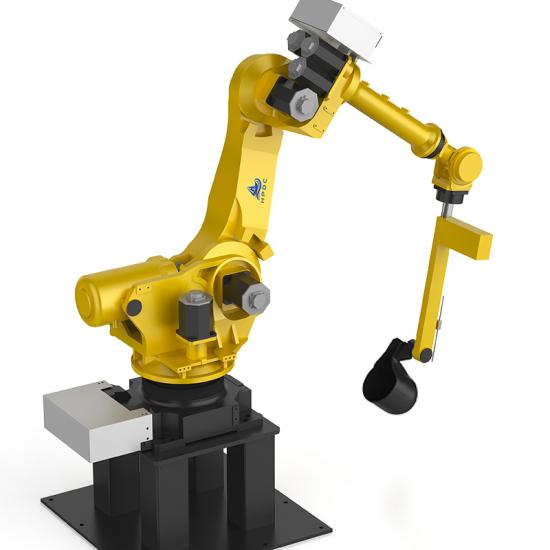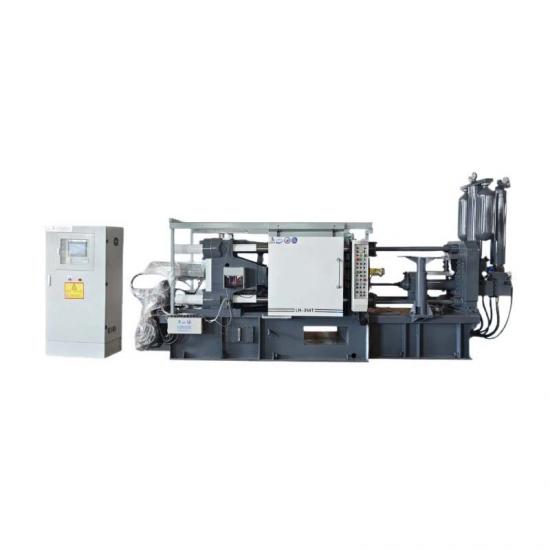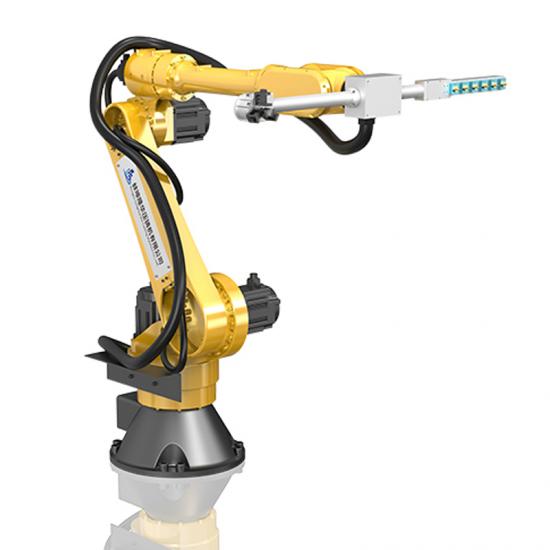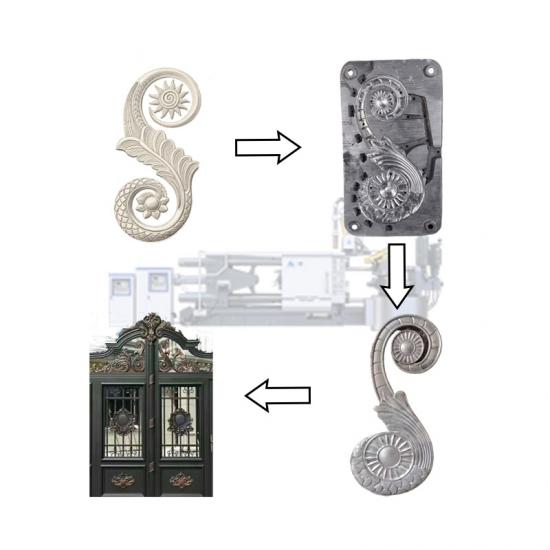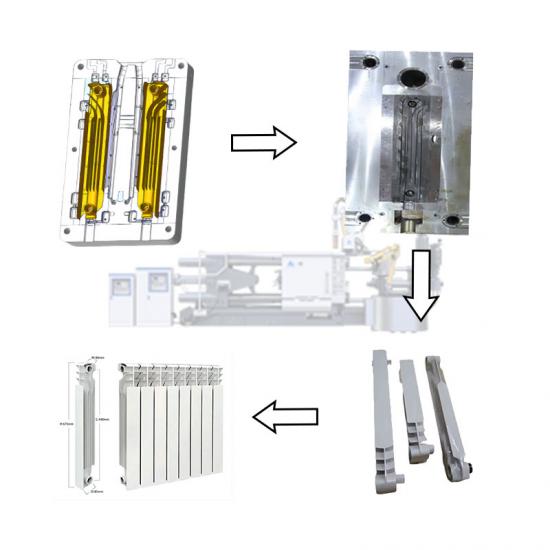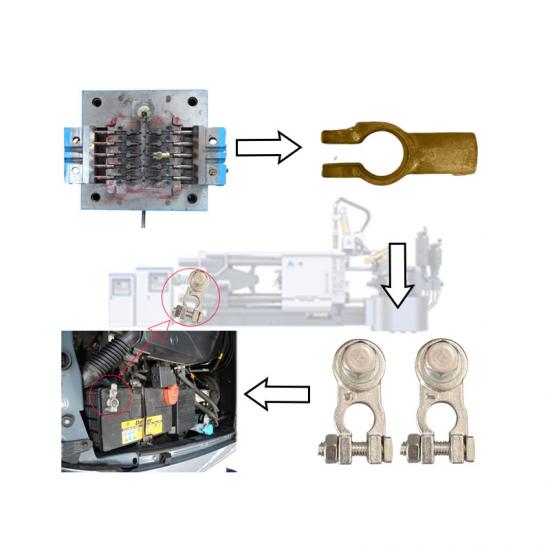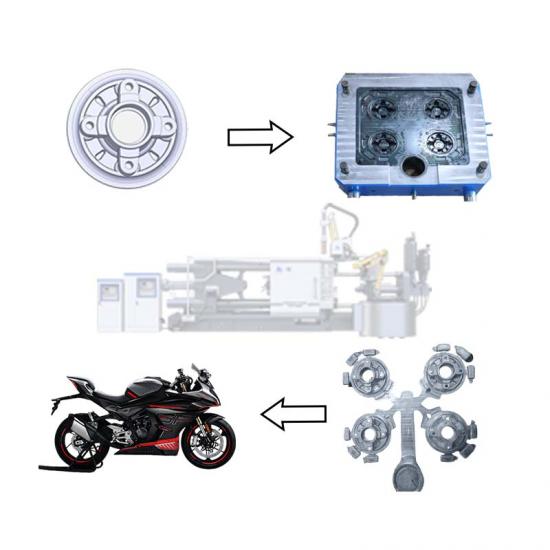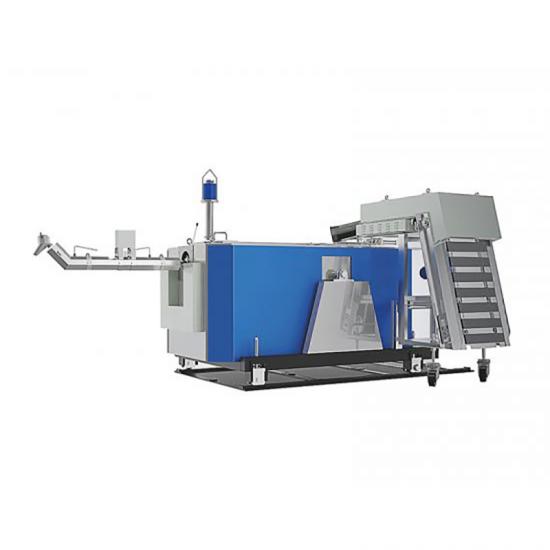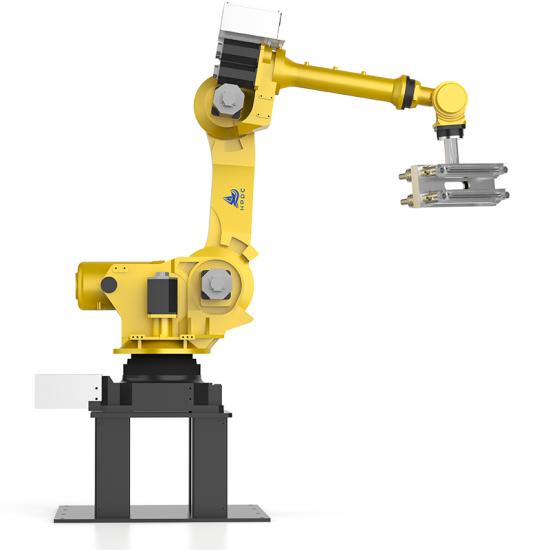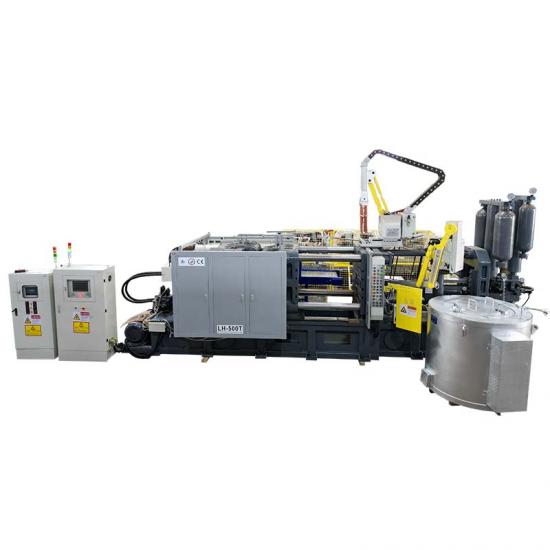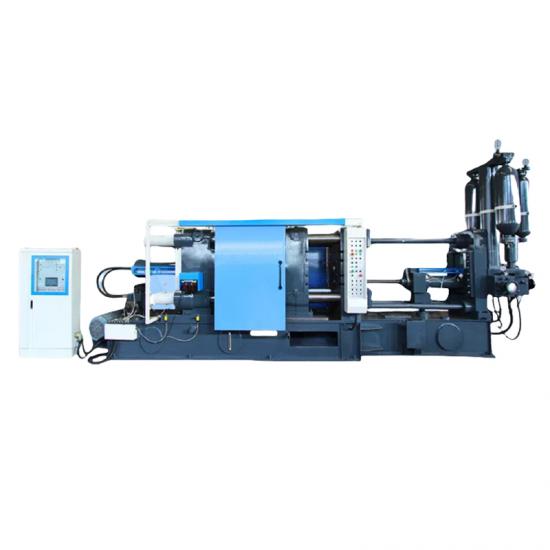1.Mold design issues:
Cause of the problem: Unreasonable mold design, such as too weak areas, uneven structure, etc., may cause stress concentration in the die casting during the cooling process, thereby causing cracks.Solution: Optimize the mold design, increase the support structure, and reduce the stress concentration area of the die casting to reduce the occurrence of cracks.
2.Improper metal temperature control:
Cause of the problem: Too high or too low a metal temperature may cause cracks in the die casting during the cooling process.Solution: Strictly control the pouring temperature and cooling speed of the metal liquid to ensure that the metal temperature is within an appropriate range and avoid excessive temperature gradients.
3.Metal shrinkage problem:
Cause of the problem: Metal shrinks during the cooling process, and if the shrinkage is uneven or larger than expected, it may cause cracks.Solution: Optimize the alloy composition and gating system, reduce the shrinkage of the metal, and take subsequent heat treatment or stress relief measures to reduce the internal stress of the die casting.
4.Excessive cooling or improper heat treatment:
Cause of the problem: During the cooling or subsequent heat treatment process of die-casting parts, improper temperature control or excessive processing time may lead to uneven organizational structure, which may lead to cracks.Solution: Strictly control the temperature and time of the cooling and heat treatment processes to avoid excessive heating or heat preservation to ensure a uniform and stable organizational structure of the die casting.
5.Improper operation:
Cause of the problem: Improper control by the operator during the die-casting process, such as excessive pressure, temperature or speed, may also cause cracks in the die-casting parts.Solution: Train operators to ensure they understand and correctly implement operating procedures, strictly control die-casting parameters, and avoid operating errors.
Through the above measures, the problem of cracks in die castings can be effectively prevented and reduced, and the quality and reliability of die castings can be improved.
Longhua has extensive experience in the field of designing high-precision molds, which can effectively prevent and reduce cracks in die-casting parts and improve the quality and reliability of die-casting parts.
